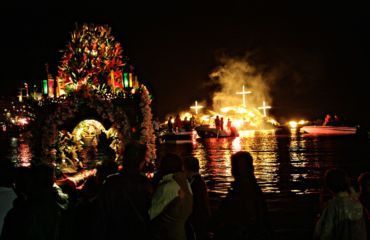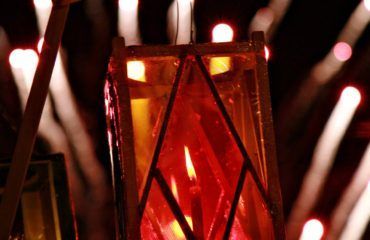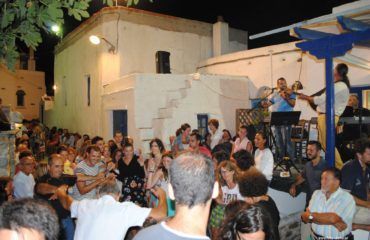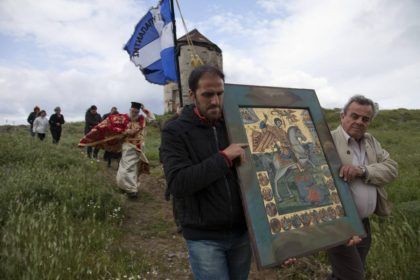
The table of brotherhood
An old Christian custom, according to the rule of Mount Athos, which is revived during the Christmas period in Tripotamos. Every year a family, whose leader is given the title of Kavos, must look after the village church, dedicated to “Isodia”. (Isodia is the entry of the Mother of God into the Temple). The family must keep the “kandili” placed above the icon of the Nativity of Christ lit throughout the year. They must keep the church clean, bear the costs of the Divine Liturgy of Christmas & of the supply of candles. Finally, they have to make sure the long candle used in the ceremony of the new year is made.
On Christmas at noon, Kavos hosts a dinner at his house, where only men – leaders of families of the village and the priest are invited. The guests bring their fork, spoon, bread and wine with them, tied in a napkin. At the table of brotherhood, Kavos offers plenty of food. This includes soup and boiled veal, braised meat, stews, stuffed vine leaves and other local delicacies. The wine is served in hubcaps, i.e. hemispherical bowls of brass, which are usually used only on that day.
After lunch
The priest and some of the diners carry the icon of the Nativity of Christ from the church to the house of the host, singing Christmas hymns. The icon is placed on the table, “antidoron” (small blessed piece of bread) is given, while attendees light candles, similar to those of the morning Liturgy. At that time, the priest names the person who will become Kavos. After that, traditional sweets are offered and the icon returns to the church, while Christmas hymns are sung.
On the next day (26th of December) all men are gathered again in the house of the old Kavos to finish off the leftovers of the previous day. Typically, the obligations of the old Kavos are completed at Christmas lunch. However, he must keep the “kandili” lit until the last day of the year. After the Divine Liturgy of December 31, there is a procession of the icon in the village.

 Ελληνικά
Ελληνικά 